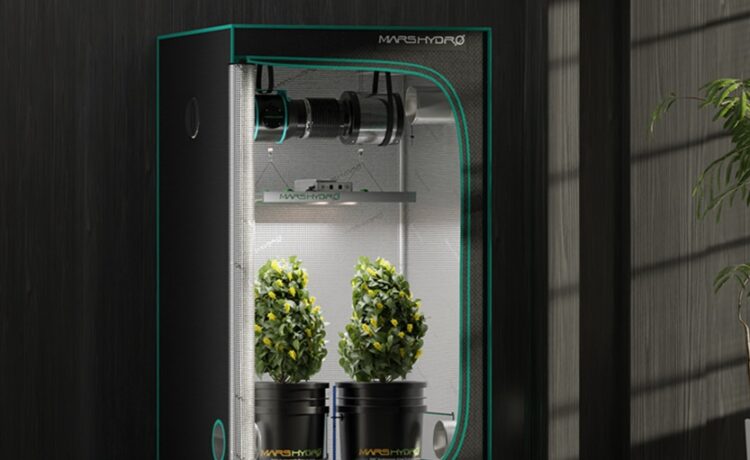Hydroponic systems are innovative methods for growing plants without soil, utilizing nutrient-rich water solutions to deliver essential minerals directly to plant roots. These systems are highly efficient, as they allow control over nutrient balance and water use, often leading to faster plant growth and higher yields compared to traditional soil-based cultivation. Key components include growing reservoirs, pumps, and grow lights that simulate natural conditions, allowing cultivation year-round. With the ability to grow crops in limited spaces, hydroponics is gaining popularity in urban agriculture and is considered a sustainable alternative to conventional farming, reducing pesticide use and water consumption.
Role of hydroponic system in rehabilitating barren lands
Hydroponic grow systems play a significant role in addressing soil erosion and rehabilitating barren lands by offering an alternative method of cultivation that does not rely on traditional soil. In areas affected by soil erosion, where the fertility is diminished due to loss of topsoil, hydroponics provides a way to grow plants without the need for soil restoration. Furthermore, in barren landscapes lacking arable soil, hydroponics enables cultivation, turning unproductive land into viable farming areas. This system reduces the pressure on fragile soils, promoting environmental sustainability while mitigating land degradation and conserving essential soil resources.
There are several types of hydroponic systems, each suited to different plant species and growing conditions. Two of the most common types include:
Nutrient Film Technique (NFT): This system involves a thin film of nutrient-rich water continuously flowing over plant roots contained in a sloped channel. The slight angle allows the solution to flow down the system, providing nutrients to the plants and then recirculating back to the reservoir. NFT is ideal for small, quick-growing plants like lettuce and herbs.
Deep Water Culture (DWC): In this system, plant roots are submerged in a reservoir of aerated nutrient solution. Oxygen is provided through air stones or diffusers, ensuring roots receive ample oxygen in addition to water and nutrients. DWC is well-suited for larger plants such as tomatoes and cucumbers, offering rapid growth and efficient nutrient uptake.
The Mars Hydro DWC hydroponic growing system offers an efficient setup for cultivating robust plants with minimal effort. Designed with an aerated nutrient reservoir, this system ensures roots are consistently submerged in nutrient-rich water, promoting rapid growth and high yields. Mars Hydro’s advanced air pump and diffuser maintain optimal oxygen levels, vital for healthy root development. Ideal for both novice and experienced hydroponic gardeners, the system supports a wide range of crops, including tomatoes and peppers. With durable construction and user-friendly components, it provides a sustainable solution for maximizing plant production in confined spaces.
Conclusion
In conclusion, hydroponic systems offer a sustainable and efficient alternative to traditional soil-based agriculture. By utilizing nutrient-rich water solutions, these systems provide precise control over plant nutrition and water use, leading to faster growth and higher yields. They address critical issues such as soil erosion, land degradation, and the limitations of urban farming by enabling cultivation in non-arable areas. With various types of systems like NFT and DWC, hydroponics caters to different plant needs. As interest in sustainable farming grows, hydroponics presents a viable solution for future food production, conserving resources and enhancing crop yields in limited spaces.







